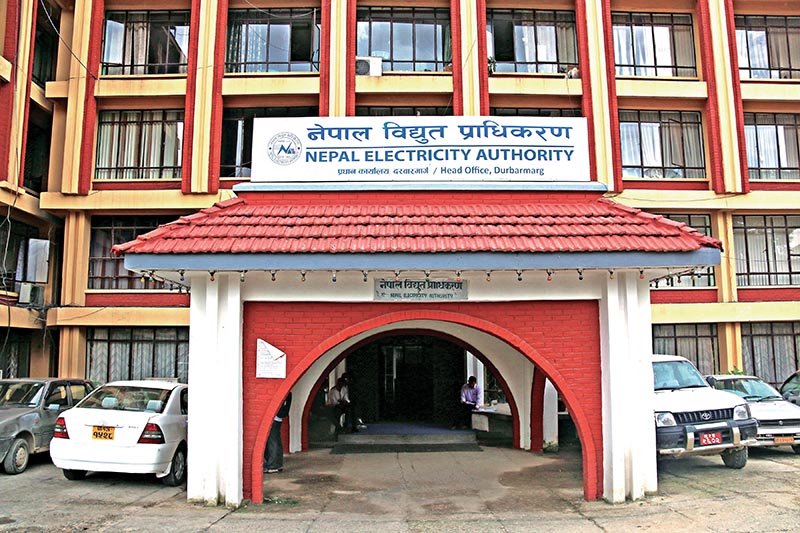NEA generates profit of Rs 10.67 billion
Kathmandu, April 4
Nepal Electricity Authority (NEA) was able to earn a profit of Rs 10.67 billion in the fiscal year 2018-19.
According to the Nepal Financial Reporting Standards (NFRS), the power utility earned the profit including Rs 855 million in comprehensive income.
As per the final audit done by the Office of the Auditor General, the power utility has earned profit of Rs 9.81 billion in the fiscal year 2018-19.
With this, NEA has become the highest profit-making organisation among all the public enterprises in operation.
However, the cumulative loss of the authority still stands at Rs 12.23 billion.
During its 34th annual general meeting, which was held in August, NEA had projected a profit of Rs 7.20 billion for the fiscal year 2018-19.
In the fiscal year 2017-18, NEA had earned a profit of Rs 2.84 billion whereas its cumulative loss stood at Rs 23.59 billion. In the fiscal year 2015-16, the authority’s net loss was Rs 8.89 billion contributing to the cumulative loss of Rs 34.61 billion and in fiscal year 2016-17, the cumulative loss was Rs 28.17 billion.
NEA had secured net profit of Rs 1.46 billion and Rs 2.84 billion in fiscal years 2016-17 and 2017- 18, respectively. This is the third year in a row that the company has recorded a profit.
NEA was able to generate profit due to a reduction in the average price of imported and domestic electricity, control of administration and technical expenses, increase in electricity consumption after the end of load-shedding, and implementation of financial reform measures, said Kul Man Ghising, managing director of NEA.
Power leakage in fiscal year 2015-16 was 25.78 per cent, which dropped to 15.32 per cent in fiscal year 2018-19.
After his appointment as managing director of NEA, Ghising had made three major commitments — ending loadshedding, transforming NEA into a profit-making organisation and making Nepal selfreliant in power.
Stating that preparations are underway to transform the organisation’s system into a digital one, Ghising said there will be a massive cut in the operational expenses eventually and it will have a positive impact on the authority’s financials.
Meanwhile, following the government’s announcement of nationwide lockdown to prevent the spread of coronavirus pandemic, the demand for electricity has dropped significantly — to around 945 megawatts. Prior to the lockdown, the peak demand for electricity across the country was at around 1,200 megawatts.
The demand for electricity has dropped due to closure of factories, hotels, shopping complexes and offices that consume more electricity.
Moreover, against this backdrop, NEA has stopped paying the bills of the private sector hydropower projects that have been generating electricity. NEA stopped making the payments from March 26 as the country is in a lockdown and it has not been able to read electricity meters of general consumers.
A version of this article appears in e-paper on April 05, 2020 of The Himalayan Times.






